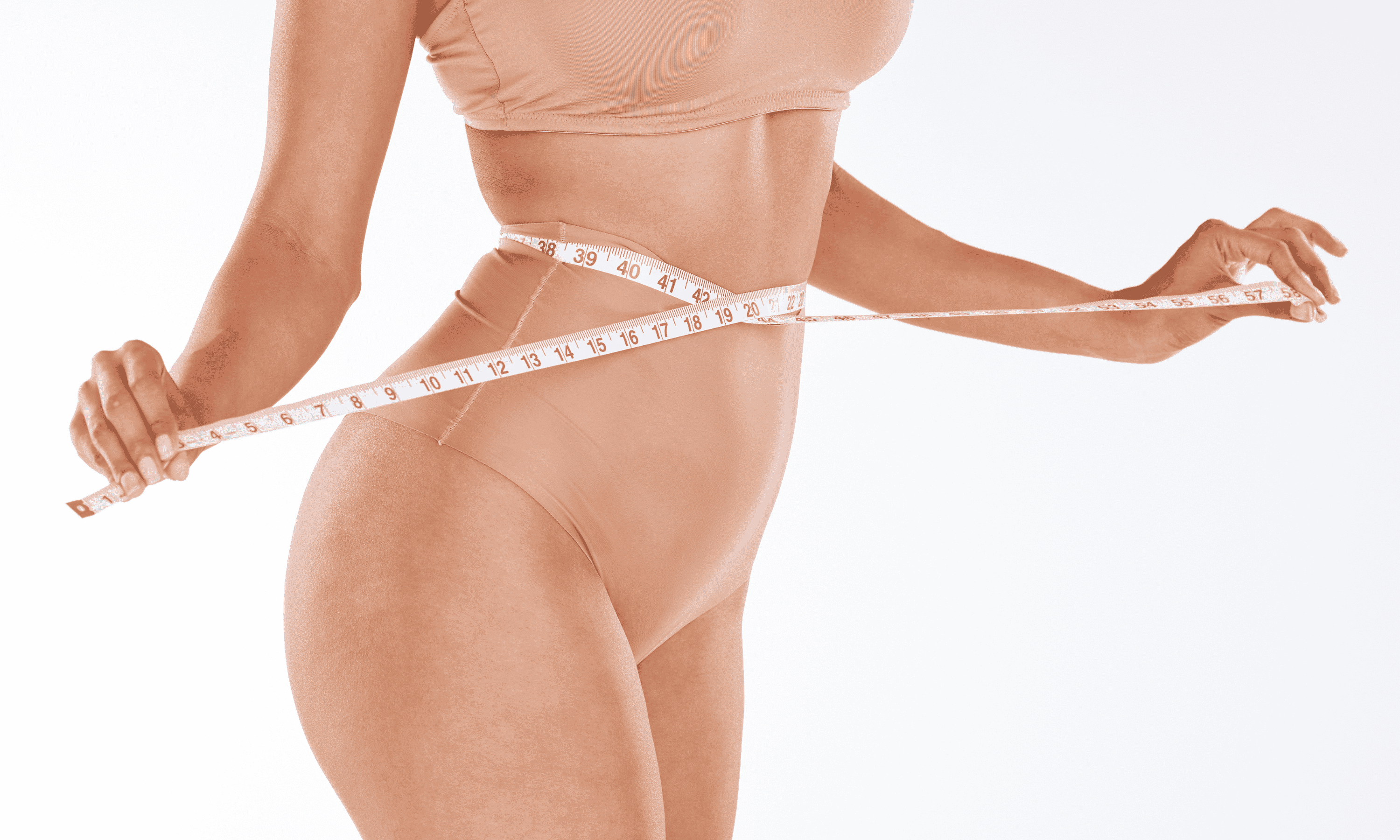
Mommy Makeover in Korea
- The Mommy Makeover: What does it entail?
- Why Korea?
- Quality and safety
- Culture and hospitality
- How do surgeons customize a mommy makeover to fit individual patient needs?
- What role does fat transfer play in breast or buttock enhancement in a mommy makeover?
- How is scarring managed in a mommy makeover, particularly for breast and abdominal procedures?
- What is the recovery process like after a mommy makeover, and how do multiple procedures impact it?
Motherhood is a beautiful journey, but it often brings about changes that impact a woman's body. Many mothers dream of regaining their confidence and feeling their best again. In recent years, South Korea has emerged as a leading destination for aesthetic surgery, and an increasing number of women are considering a 'Mommy Makeover' in Korea to restore their youthful appearance. Let's delve deeper into this emerging trend.
The Mommy Makeover: What does it entail?
A Mommy Makeover is not a singular procedure; instead, it encompasses a tailored combination of cosmetic surgeries designed to address the physical changes that occur in a woman's body after childbirth. Common procedures included in a Mommy Makeover are a breast lift, tummy tuck, liposuction, and sometimes even vaginal rejuvenation. The overarching objective is to counteract the effects of pregnancy and breastfeeding, with the aim of restoring a woman's body and helping her regain confidence and comfort in her own skin.
The breast lift component of a Mommy Makeover focuses on addressing sagging or deflated breasts that may result from pregnancy and breastfeeding. By repositioning and reshaping the breasts, this procedure aims to restore a more youthful and lifted appearance, contributing to an overall rejuvenation of the upper body.
Tummy tuck surgery, another integral part of a Mommy Makeover, targets the abdominal area. It involves the removal of excess skin and fat, as well as the tightening of abdominal muscles that may have become stretched during pregnancy. This helps achieve a flatter and more toned midsection, addressing common concerns related to post-pregnancy changes in the abdominal region. Liposuction, often included in a Mommy Makeover, is employed to contour and sculpt various areas of the body by removing stubborn pockets of fat. This can enhance the overall results of the makeover, providing additional refinement to areas such as the hips, thighs, or flanks. In some cases, vaginal rejuvenation procedures may be incorporated into a Mommy Makeover to address changes in the vaginal area resulting from childbirth. These procedures aim to enhance both the aesthetic appearance and functional aspects of the vagina.
Why Korea?
South Korea is globally renowned for its advanced medical facilities, highly trained surgeons, and innovative approaches to aesthetic procedures. The Korean cosmetic industry has built a reputation for delivering natural results with a focus on precision and detail. Many women are attracted to Korea due to the combination of expertise and affordability.
Quality and safety
Quality and safety are paramount in the Korean aesthetic industry. Surgeons in South Korea undergo extensive training and must adhere to strict standards and regulations. Medical facilities are modern and equipped with the latest technologies. Additionally, there is a strong emphasis on aftercare, with patients supported throughout the entire recovery process.
Culture and hospitality
Beyond medical expertise, Korea offers a rich culture and hospitality that enhance the patient experience. From the vibrant city life in Seoul to serene rural environments, Korea has something for everyone. Many clinics even offer special packages that include accommodation, transportation, and tourist activities to make the recovery process comfortable and enjoyable.
A Mommy Makeover in Korea is not just a cosmetic procedure; it is an opportunity for women to restore their confidence and reconnect with their own bodies after the sacrifices of motherhood. With the combination of advanced medical care, safety, quality, and the unique Korean hospitality, South Korea has become an appealing destination for women worldwide seeking a renewed sense of self-worth and beauty.
How do surgeons customize a mommy makeover to fit individual patient needs?
A mommy makeover is highly customizable based on the patient’s goals, body type, and areas of concern. Common procedures include breast augmentation or lift, tummy tuck, and liposuction. During the consultation, surgeons assess the patient’s post-pregnancy body changes, such as sagging breasts, stretched abdominal muscles, or excess fat, and develop a surgical plan that addresses these issues. The patient’s overall health, skin elasticity, and recovery goals are also considered when tailoring the procedures.
How does a tummy tuck during a mommy makeover address muscle separation (diastasis recti)?
Diastasis recti, a common issue after pregnancy, occurs when the abdominal muscles separate due to the stretching of the connective tissue. During a tummy tuck (abdominoplasty), the surgeon tightens the underlying abdominal muscles by suturing them back together, which helps flatten the abdomen and restore core strength. This not only improves the appearance of the belly but also helps alleviate related symptoms like back pain and poor posture that can result from weakened abdominal muscles.
What role does fat transfer play in breast or buttock enhancement in a mommy makeover?
Fat transfer, or fat grafting, can be used to enhance the breasts or buttocks by transferring fat from other areas of the body (such as the abdomen or thighs) through liposuction. This technique provides a natural enhancement without the need for implants. For breast augmentation, fat transfer can create a subtle, natural increase in volume. In the buttocks, it’s used for a Brazilian butt lift (BBL), enhancing the shape and fullness. The fat transfer is particularly appealing for patients who prefer natural results over synthetic implants.
How is scarring managed in a mommy makeover, particularly for breast and abdominal procedures?
Scarring is an inevitable part of surgery, but surgeons take care to place incisions in discreet areas, such as the natural breast crease or bikini line, to minimize visible scars. Techniques like using smaller incisions, advanced suturing methods, and post-operative scar treatments (silicone sheets, laser therapy, or scar creams) help reduce scar appearance over time. Surgeons also provide detailed aftercare instructions to promote proper healing, which includes avoiding sun exposure on incisions to prevent hyperpigmentation.
What is the recovery process like after a mommy makeover, and how do multiple procedures impact it?
Recovery after a mommy makeover can take several weeks, depending on the combination of procedures performed. Since multiple areas of the body are treated, patients can expect swelling, bruising, and discomfort, especially in the abdomen and breasts. Pain medication and compression garments are typically used to manage symptoms. Patients should plan for at least 2-3 weeks of rest before resuming normal activities, and full recovery (with exercise and heavy lifting) usually takes 6-8 weeks. The recovery timeline is impacted by the extent of surgery, but having combined procedures can reduce the overall recovery time compared to undergoing them separately.


